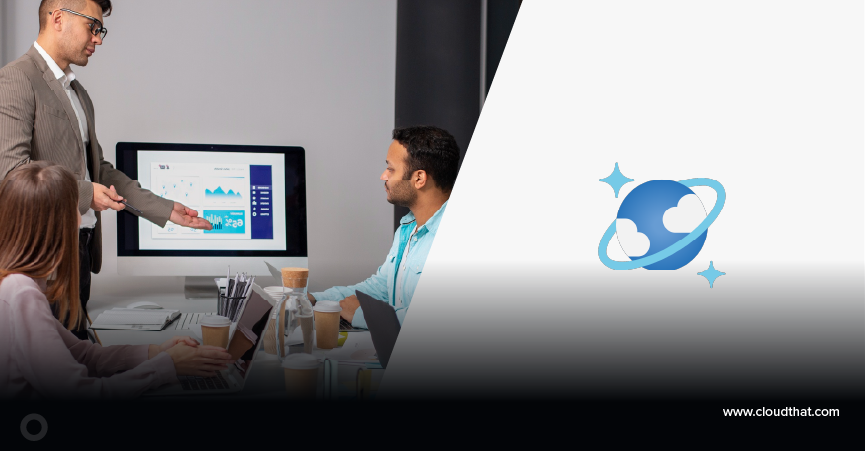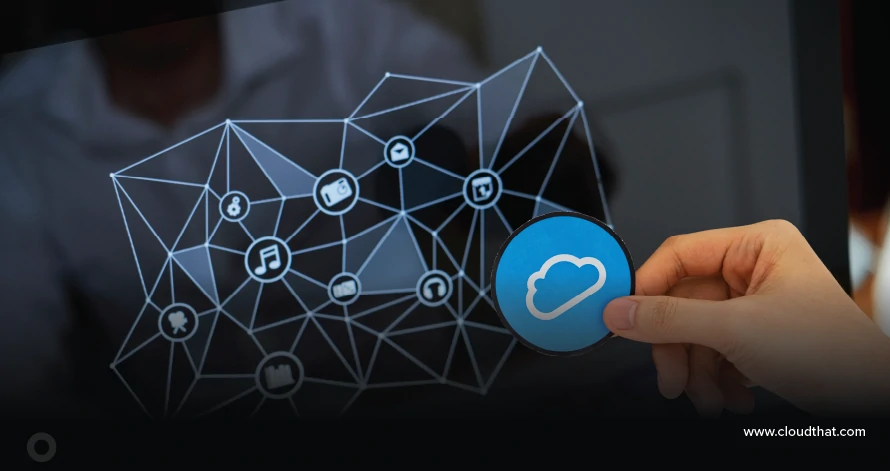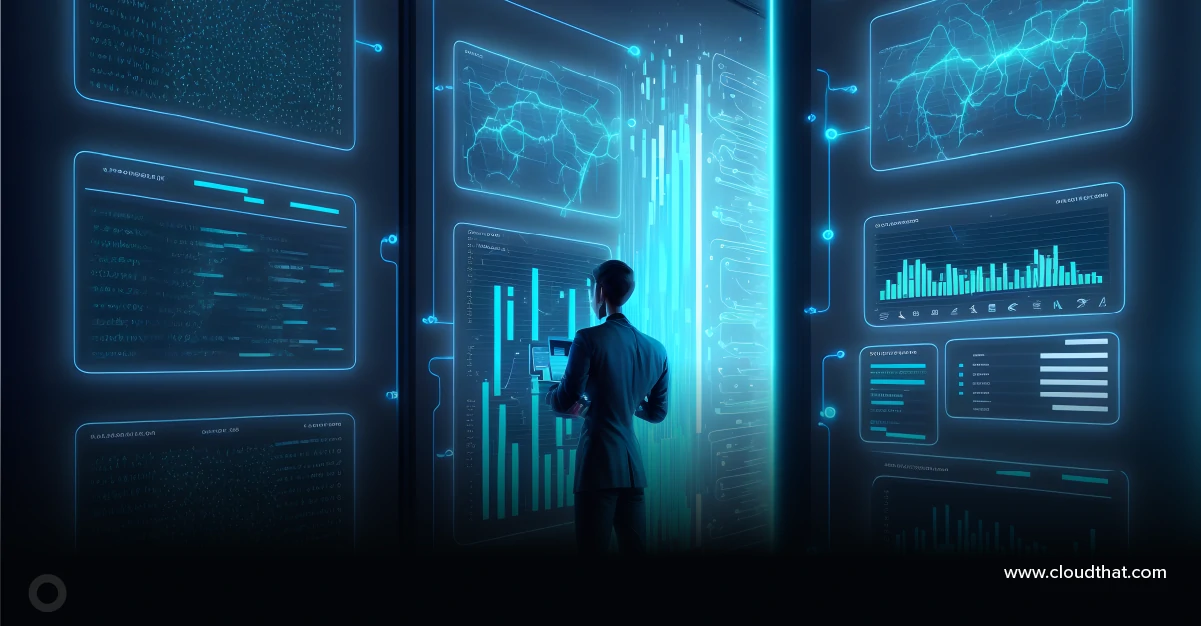|
Voiced by Amazon Polly |
Overview
In the dynamic realm of software development, the fusion of containerization and DevOps has ushered in heightened efficiency and scalability for organizations. However, the accelerated pace introduces novel security challenges, particularly within container environments. This blog delves into the intricacies of container security in a DevOps framework, offering insights into risks and presenting strategic approaches to fortify infrastructure against potential threats.
Pioneers in Cloud Consulting & Migration Services
- Reduced infrastructural costs
- Accelerated application deployment
Introduction
Strategic DevOps Approaches to Container Security
Shift Left Security Paradigm:
Elevate your security posture by adopting a “shift left” mentality, embedding security practices in the earliest stages of the development process.
Integrate security checks into the CI/CD pipeline to unearth vulnerabilities before they permeate production, creating a resilient foundation for secure containerized applications.
Immutable Infrastructure Principles:
Treat containers as immutable entities, unwavering once deployed. This approach streamlines security management by limiting the attack surface and fostering consistency across development, testing, and production environments.
Embrace the immutability mindset to enhance security and reduce the likelihood of runtime vulnerabilities.
Continuous Monitoring Excellence:
Elevate your security posture with comprehensive monitoring and logging mechanisms, providing real-time insights into the behavior of containerized applications.
Empower DevOps teams with tools that detect anomalies, track performance metrics, and generate audit logs for thorough analysis and post-incident forensics.
Automated Security Scanning:
Automation is the linchpin of DevOps, and security scanning should be no exception. Embed automated security scanning tools in your CI/CD pipeline to assess container images for vulnerabilities systematically.
Regular scans of both base and application-specific images are paramount, facilitating the timely identification and mitigation of security risks.
Network Segmentation Mastery:
Take control of container communication by implementing robust network segmentation strategies and policies.
Define policies restricting unnecessary inter-container communication, mitigating the risk of lateral movement in the event of a security breach.
Access Control and the Principle of Least Privilege:
Apply the principle of least privilege within your containerized environments, ensuring that containers and processes possess only the necessary permissions.
Deploy robust access controls to restrict user and application privileges, reducing the attack surface and fortifying your defense against potential breaches.
Conclusion
As organizations embrace the future of containerized applications within the DevOps paradigm, mastering container security becomes a non-negotiable imperative. The strategic integration of security measures throughout the container life cycle is not merely a technical requirement but a cultural shift toward a proactive and security-centric mindset.
The collaboration between DevOps and container security charts a course that is both forward-thinking and secure. Safeguarding a containerized future requires careful planning, ongoing vigilance, and a steadfast dedication to integrating security into the core of DevOps practices. It’s more than just containers; it’s about crafting a future where security and agility seamlessly work hand in hand.
Drop a query if you have any questions regarding DevOps and we will get back to you quickly.
Making IT Networks Enterprise-ready – Cloud Management Services
- Accelerated cloud migration
- End-to-end view of the cloud environment
About CloudThat
CloudThat is an award-winning company and the first in India to offer cloud training and consulting services worldwide. As a Microsoft Solutions Partner, AWS Advanced Tier Training Partner, and Google Cloud Platform Partner, CloudThat has empowered over 850,000 professionals through 600+ cloud certifications winning global recognition for its training excellence including 20 MCT Trainers in Microsoft’s Global Top 100 and an impressive 12 awards in the last 8 years. CloudThat specializes in Cloud Migration, Data Platforms, DevOps, IoT, and cutting-edge technologies like Gen AI & AI/ML. It has delivered over 500 consulting projects for 250+ organizations in 30+ countries as it continues to empower professionals and enterprises to thrive in the digital-first world.
FAQs
1. Why is continuous image scanning essential in containerized applications, and how does it mitigate security risks?
ANS: – Continuous image scanning is crucial as it helps identify vulnerabilities in container images early in the development process. By integrating this process into the CI/CD pipeline, organizations ensure that each container is built from secure, up-to-date images, reducing the risk of security threats reaching production.
2. How does the "shift left" security paradigm contribute to a resilient foundation for secure containerized applications in the DevOps lifecycle?
ANS: – The “shift left” security paradigm embeds security practices at the beginning of the development process. By integrating security checks into the CI/CD pipeline, vulnerabilities are caught early, establishing a strong foundation for secure containerized applications and preventing security issues from progressing to the production stage.

WRITTEN BY Bhupesh .
Bhupesh is a Senior Research Associate at CloudThat, with deep expertise in cloud computing, especially AWS. He excels in designing, deploying, and optimizing solutions using AWS services and is adept at leveraging Terraform and other modern infrastructure-as-code tools to achieve robust, scalable architectures. Known for his outstanding communication and teamwork, Bhupesh consistently drives innovation within collaborative environments. His relentless pursuit of learning, passion for mastering new technologies, and proactive approach to solving complex challenges make him an invaluable asset to any cloud-focused team.


 Login
Login


 December 5, 2023
December 5, 2023 PREV
PREV











Comments